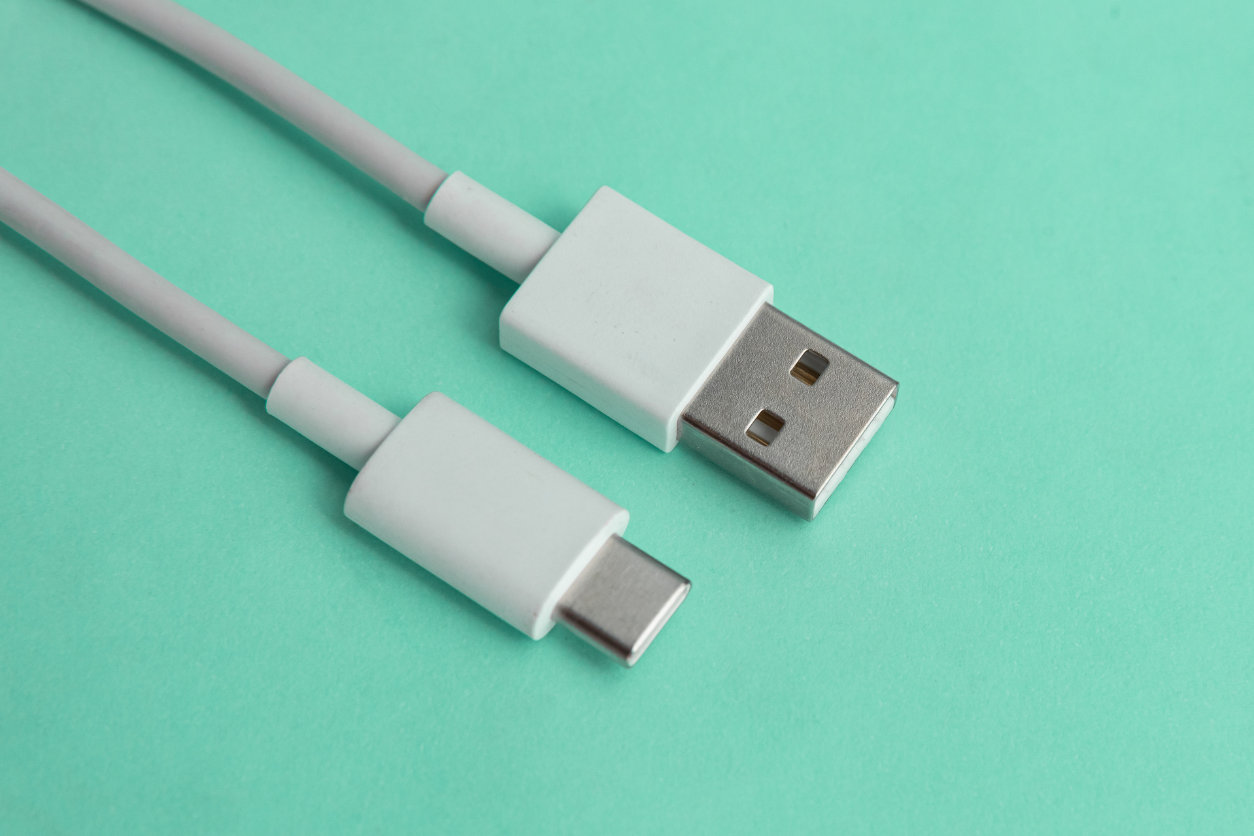USB A vs. USB C: Which One Is Used By Office Devices?

The world of technology is ever-evolving, and one of the hottest topics is USB A vs USB C. As newer office devices come out, it’s critical to know which type of USB port each device is compatible with. USB A and USB C are a few different types of USB ports, and understanding which one is useful for which device can be confusing.
In this post, we’ll discuss the differences between USB A and USB C. We’ll also go over which office devices use each type of port. We’ll also provide a helpful guide to choosing the appropriate USB port for your needs. We’ll also give you a few tips on how to make sure your devices are compatible with each other and how to make sure you’re getting the best out of your USB connection.
Definition of USB A and USB C
USB A ports are rectangular ports most commonly used in computers since 1996. It comes in two distinct shapes, one with four pins for low-power devices such as a mouse and one with nine pins for high-power devices such as a printer or external hard drive.
USB C is the newer type of port that was first available on Apple products in 2015. This port is more compact than USB A and generally requires an adapter to plug into existing ports. It typically carries higher power than USB A but can also support a range of other speeds and protocols beyond just data transfer.
USB A in the Office
USB A is still widely used in the office setting for wired and wireless connections to printers, scanners, keyboards, mice, external hard drives, and more. Some of the more recent laptop models also still have USB A ports in addition to their existing USB C ports. Many cables, including Ethernet cables, also use the same type of connector as USB A to make it easier for users to connect multiple devices.
USB C in the Office
USB C has become increasingly popular in the office setting due to its smaller size and versatility. Most recent computers now feature at least one or two USB C ports. It helps connect computers to monitors, docking stations, and other high-power devices, such as external hard drives or audio equipment. Some laptops even have power delivery over their USB C ports so that they can charge other devices, such as phones or tablets, without a multiport adapter.
Comparison
USB A is still commonly used in many office settings because it is backward compatible with older devices that do not have USB C ports. Some more recent laptops are unable to accept connections from older devices due to the different sizes of the two types of ports. In this case, a USB to USB C adapter is necessary for older devices with USB A connectors to work with newer laptops. If you are looking at new technology, consider getting something with both USB A and USB C ports to accommodate both types of equipment.
It is crucial to understand the differences between these two types of ports so that you can make informed decisions when purchasing or upgrading office equipment. Knowing whether your device needs a USB A port or a USB C port will save you time and money in the long run by ensuring you purchase equipment that works with what you already own.
Your Trust, Our Core Commitment
At Rising Tech, earning and maintaining your trust is the cornerstone of our mission. We're dedicated to transparency, impartiality, and the relentless pursuit of truth in every article, review, and recommendation we publish. Our commitment to these principles ensures that you, our valued reader, are always equipped with reliable and unbiased information. Let us be your trusted guide in the ever-evolving world of technology.